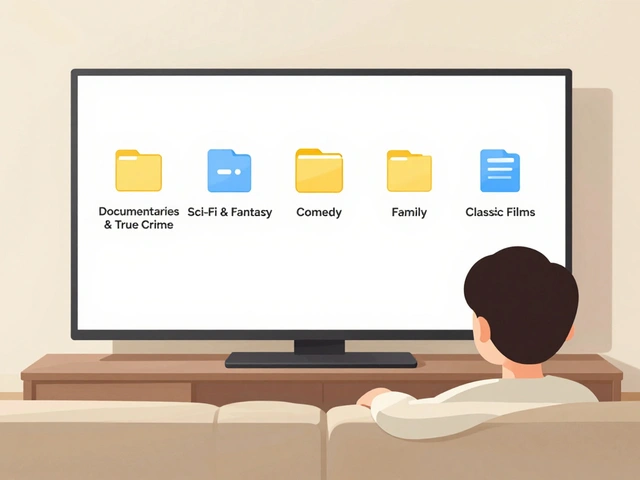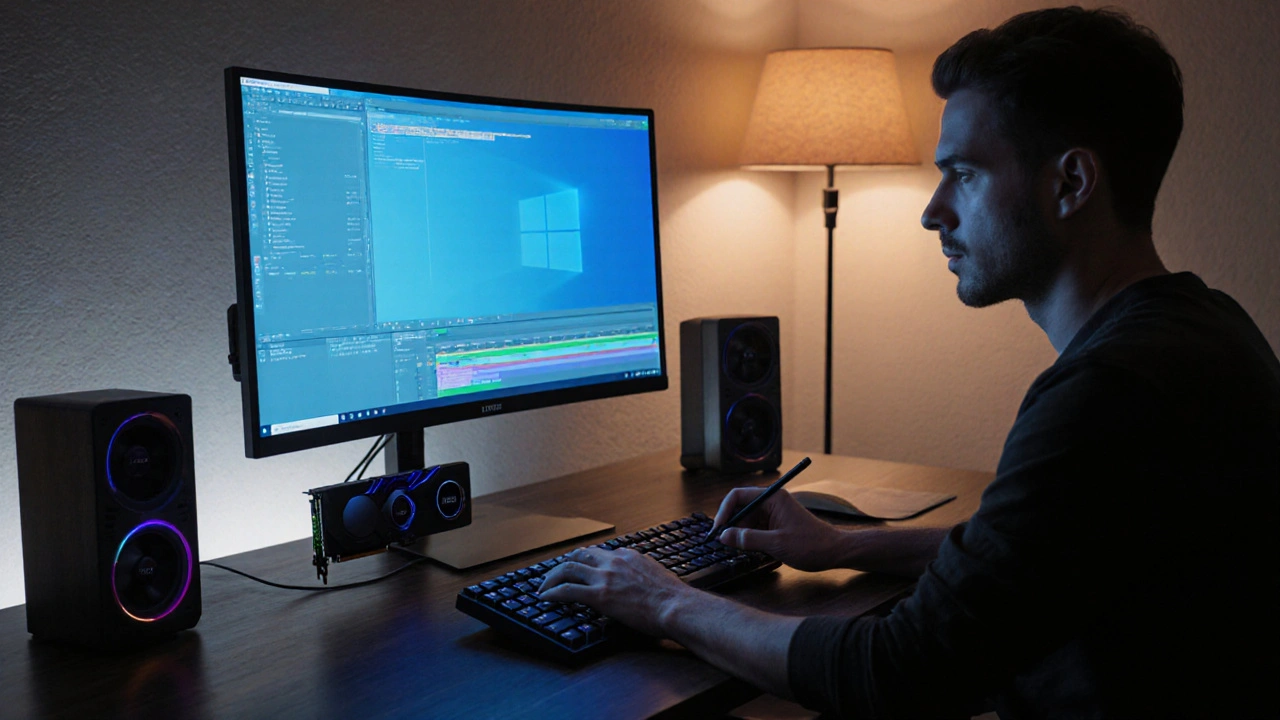GPU for Video Editing
When working with GPU for video editing, a graphics processor designed to accelerate rendering, effects, and playback in video editing applications. Also known as video editing GPU, it helps creators finish projects faster and get higher quality output. If you’re looking to speed up your workflow, a GPU for video editing is the game‑changer you need.
A GPU, graphics processing unit that performs parallel calculations on video frames works hand‑in‑hand with video editing software, tools like Premiere Pro, DaVinci Resolve, or Final Cut Pro that rely on hardware acceleration to deliver smooth playback and fast rendering. This partnership means the GPU for video editing encompasses rendering acceleration, while the software dictates how much of that power you actually use.
When the GPU and the editing program speak the same language, rendering performance jumps dramatically. For example, enabling CUDA or OpenCL in your software can cut export times by 30‑50 %. On the flip side, if the software lacks proper drivers, the same GPU might sit idle, turning a costly upgrade into wasted money. That’s why GPU for video editing requires compatible video editing software to unlock its full potential.
Choosing the Right Combo
Not all GPUs are created equal. Mid‑range cards like the RTX 3060 already beat many older workstations, but high‑end models such as the RTX 4090 deliver real‑time 8K preview and AI‑powered upscaling. Pairing a powerful GPU with a well‑optimized editing suite creates a virtuous cycle: better hardware fuels creative experimentation, and richer projects demand more horsepower.
Another piece of the puzzle is the CPU. A strong CPU prevents bottlenecks, letting the GPU focus on heavy lifting. When the CPU lags, even the best GPU can’t keep up, resulting in choppy timelines and longer render queues. Balancing CPU and GPU performance is therefore a key factor in a smooth video editing workflow.
Memory also plays a role. Video editing software often caches frames in VRAM; if the GPU’s memory fills up, it will spill over to system RAM, slowing things down. Aim for a card with at least 8 GB of VRAM for 4K projects, and 12 GB or more if you frequently edit 6K or 8K footage.
Power and cooling are practical concerns you shouldn’t overlook. High‑performance GPUs draw significant wattage and generate heat. Ensure your workstation’s power supply can handle the load and that the case has adequate airflow. Overheating not only throttles performance but can also shorten component lifespan.
Software updates matter too. Most video editing programs release regular driver‑optimized builds that improve GPU utilization, add new codecs, or introduce AI features. Keeping your editing suite and GPU drivers in sync ensures you’re always getting the most out of your investment.
Finally, consider future‑proofing. As codecs evolve (HEVC, AV1, ProRes RAW) and resolutions climb, a GPU with extra headroom will keep you productive for years. Investing in a card that exceeds today’s needs protects you against rapid industry shifts.
With these factors in mind, you’ll be able to match the right GPU for video editing to your workflow, budget, and creative goals. Below you’ll find a curated selection of articles that dive deeper into specific hardware choices, software comparisons, performance tweaks, and cost‑effective strategies—everything you need to make an informed decision and boost your editing speed.
21
Best Video Editing Hardware Setup for 2025
Discover the ideal video editing hardware setup for 2025, from CPUs and GPUs to storage and monitors, with practical tips for every budget.
Latest Posts
Popular Posts
-
 Paramount+ with Showtime vs. Peacock Premium vs. ESPN+: Which Sports Add-On Fits Your Viewing Habits?
Paramount+ with Showtime vs. Peacock Premium vs. ESPN+: Which Sports Add-On Fits Your Viewing Habits?
-
 How Roommates Can Fairly Share Wi-Fi and Streaming Costs
How Roommates Can Fairly Share Wi-Fi and Streaming Costs
-
 App Layout Strategies: Organize Streaming Services by Genre and Use
App Layout Strategies: Organize Streaming Services by Genre and Use
-
 Data Management: DIT, Backups, and Archival Best Practices for Video Teams
Data Management: DIT, Backups, and Archival Best Practices for Video Teams
-
 Breakout Indies at the Box Office: How Word-of-Mouth Made These Films Blockbusters
Breakout Indies at the Box Office: How Word-of-Mouth Made These Films Blockbusters



